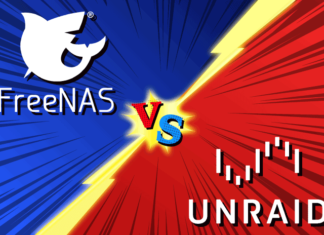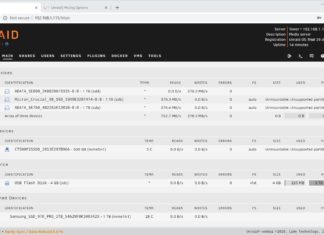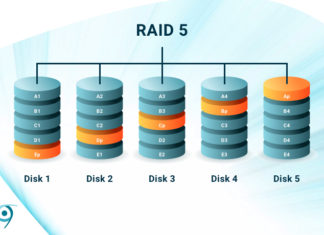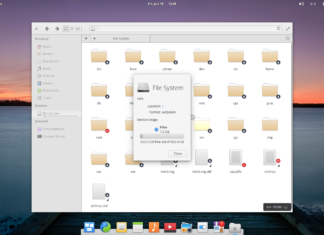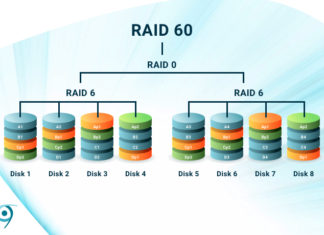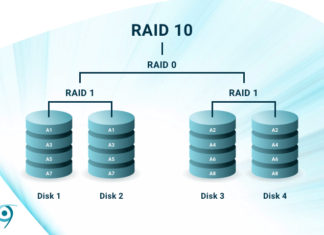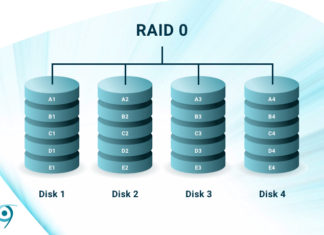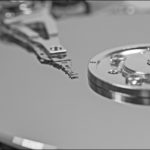FreeNAS vs. UnRAID: What are the Differences?
To the outside world, FreeNAS (TrueNAS) and UnRAID appear far more alike than different. In effect, they are. Both are operating systems that allow you to leverage your own hardware as a NAS (Network...
TrueNAS vs. FreeNAS: What is the Difference?
Alas, dear reader, the title of this article is a bit misleading. There is no longer a NAS operating system named FreeNAS, nor one named simply TrueNAS. They exist under new monikers, but it's...
What RF Attacks Are and How to Defend Against Them
Firewall and rules are in place, intrusion detection systems are running, and all industry best practices are being followed. Great, but what about Radio Frequency attacks? They nimbly sidestep all of that.
Radio Frequency Attacks
Firewalls...
What is UnRAID? Outstanding Capacity with Parity
There are a number of NAS operating systems out there, including several based on the BSD (Berkeley System Development) operating system. Most are proprietary to the vendor, but several are not. The most unique...
What is RAID 5? Good Speed, Safety through Parity
RAID (Redundant Array of Inexpensive Disks) is the combining of multiple disks to mimic a single physical storage device. Depending on the type, or "level", RAID can increase performance, capacity, fault tolerance, or combinations...
What is Ext4? Linux’s Fast Native File System
Before we answer the question posed by this article, a bit of background will be required. Ext4 is only the latest, albeit not particularly new, iteration of the venerable Linux Extended file system (Extfs).
What...
What is RAID 60? Double-parity and More Speed
RAID (Redundant Array of Inexpensive Disks) is the combining of multiple disks to mimic a single hardware storage device. Depending on the type, or "level", RAID increases performance, capacity, and fault tolerance in some...
What is RAID 10? Speed and Fault Tolerance
RAID (Redundant Array of Inexpensive Disks) is the combining of multiple disks to mimic a single physical storage device. Depending on the type, or "level", RAID increases performance, capacity, or fault tolerance, or some...
What is RAID 0? All Speed, No Safety
RAID (Redundant Array of Inexpensive Disks) is the combining of multiple disks to mimic a single physical storage device. Depending on the type, or "level", RAID increases performance, capacity, and fault tolerance in some...
What is RAID 6? Good Speed, Good Protection
RAID (Redundant Array of Inexpensive Disks) is the combining of multiple disks to mimic a single hardware storage device. Depending on the type, or "level", RAID increases performance, capacity, and fault tolerance in some...


